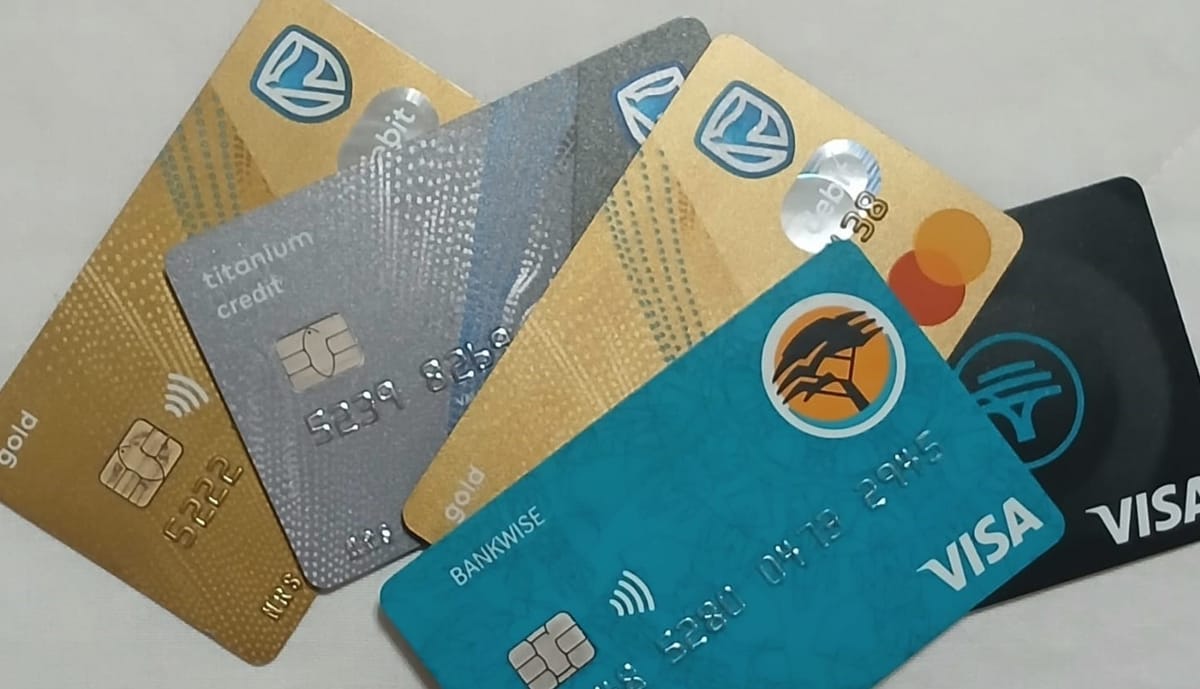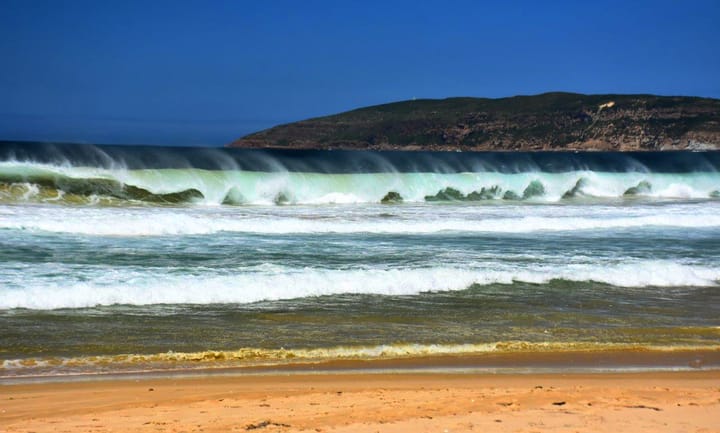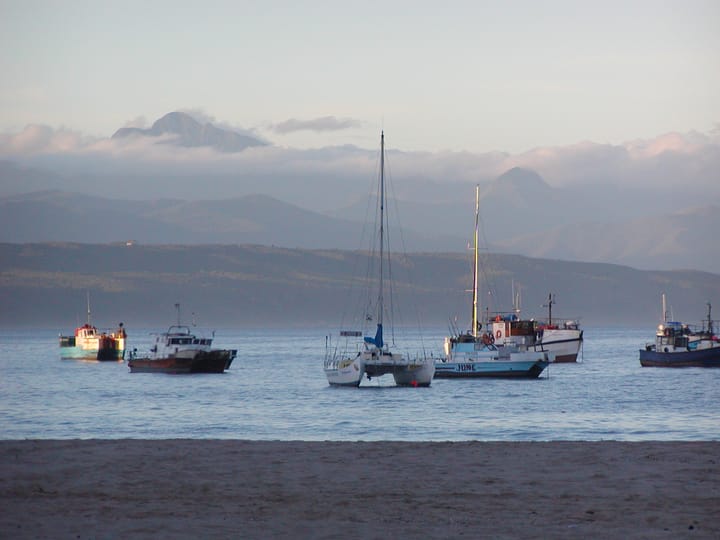Going digital in the wild: why Southern Africa’s national parks are turning cashless
Many Southern African national parks now accept digital payments only, offering quicker entry and better convenience for tourists, while bringing some planning considerations for travellers.

Many of the region’s national parks are moving to cashless entry and payments, and for travellers, both international visitors and local adventurers, this shift brings real impacts. In South Africa, for instance, South African National Parks (SANParks) recently announced that several of its parks would begin accepting no cash for entry or tourism services.
This article explores the reasoning, the advantages, and the challenges of that transition across Southern Africa’s wild landscapes.

Why the move to cashless
The decision to go cashless is driven by a mix of operational, security and visitor-experience motives. For the parks themselves, the handling of banknotes presents risks: theft, miscounts, delays and administrative burdens. The SANParks announcement pointed out that the system will “minimise cash handling risks” and “reduce contact time at entry points”, which helps during peak arrival hours.
Beyond the practical angle, many parks aim to streamline the visitor journey.
Imagine arriving at the gate of Addo Elephant National Park in the Eastern Cape or through the Tsitsikamma section of Garden Route National Park and being able to pay with a card or digital device, rather than handing over cash and waiting. That convenience is part of the rationale.
In some remote places, there is also an ecological or conservation angle: moving to digital transactions may reduce the need to transport cash securely into remote camps, or deal with change in areas where infrastructure is limited. For example, SANParks acknowledged concerns about electricity and connectivity in some parks and noted plans for solar-powered systems and manual fallback card approvals.
Since many travellers now expect tap-and-go or QR code transactions, the change also meets a broader market trend. As parks in urban-adjacent reserves in Cape Town move cashless system from 2025, the transition is seen as part of aligning with global tourism standards.
Pros for tourists
Here are several benefits that travellers will likely appreciate:
- Reduced wait times at entry gates or permit desks because digital transactions can be processed more quickly than handling cash.
- Fewer worries about carrying large amounts of local currency or worrying if you have the correct change when travelling onward to remote terrains.
- International visitors can often use major cards (Visa, Mastercard, American Express), which means less hassle converting currencies at short notice. SANParks confirms that international cards will be accepted in their cash-free parks.
- Enhanced safety: less need to visibly handle cash when arriving at remote camps or paying local activity providers, which reduces exposure to petty theft or scams.
- Better planning: many parks encourage online booking and pre-payment for activities and entry, which means your route through parks like Table Mountain National Park or Namaqua National Park is more predictable.
Cons for travellers
Yet, there are some drawbacks and practical issues to consider:
- In very remote parks or on long overland routes (e.g., across Namibia or Botswana), connectivity, power supply, or card reader failures may lead to delays or unexpected situations where cash would have been easier.
- Some smaller local people or peripheral services at the park gate (for instance, small vendors, outside guides or community-run stalls) may still prefer or require cash. If you plan to be fully digital, you may be caught out.
- Tourists from abroad might face foreign transaction fees, dynamic currency conversion costs, or card decline issues, especially if their bank blocks unfamiliar transactions when travelling.
- For local travellers who may prefer or rely on cash (for instance, budget travellers using local currency, rand or Namibian dollars), the transition may feel like a barrier if they did not bring a card or if their bank provides limited card facilities.
- Some parks may have a transitional period where cash is still accepted but may not be given optimal treatment (fewer lanes, slower service), and the signage may not always be clear. For example, SANParks noted that during 2021–22, the move was phased; visitors without cash were not immediately turned away, but cash was being phased out.
Local nuance and modern travel context
When travelling through Southern Africa, many routes combine remote dirt tracks, local community stops and national park boundaries. For example, a drive from Johannesburg towards the central Kalahari, through Kgalagadi Transfrontier Park and into Botswana might involve gate entries, fuel stops and local markets where cash once reigned.
Having a cashless system in the parks of South Africa simplifies part of that journey, but you will still want to carry some cash for lower-tier services in Botswana or Namibia.
If visiting South Africa’s parks such as Addo, Golden Gate Highlands or Mapungubwe (which were among the first 12 to go cash-free), travellers should check ahead via the park website or reservation office for the current status.
For modern Western visitors who expect streamlined digital payments, this shift feels natural. For local travellers from e.g. Gauteng, Cape Town or KwaZulu-Natal, it signals a maturing of park infrastructure that aligns with urban convenience, even when accessing wild areas.
The move to cashless systems in national parks across Southern Africa offers a mix of improved efficiency, safety and convenience for visitors. It raises the standard of the tourism experience and aligns with international expectations.
At the same time, travellers should still plan responsibly: carry a backup payment method, verify card acceptance, and retain some cash for services outside the park’s formal payment system. With a little preparation, this evolution can make your visit to wide landscapes, wildlife corridors and remote camp gates smoother and more enjoyable.





Comments ()